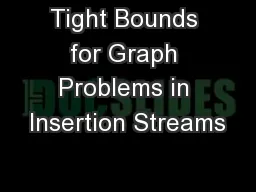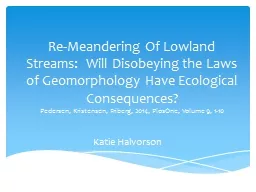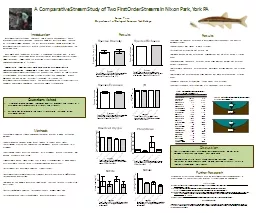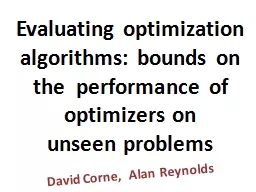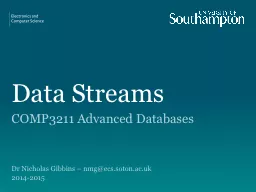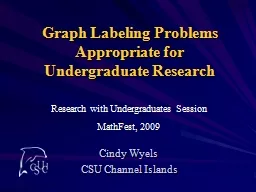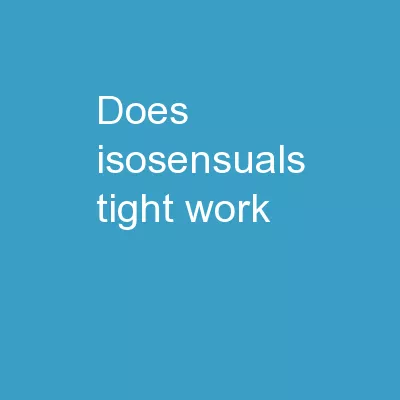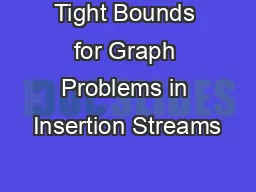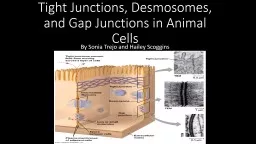PPT-Tight Bounds for Graph Problems in Insertion Streams
Author : aaron | Published Date : 2018-03-01
Xiaoming Sun and David P Woodruff Chinese Academy of Sciences and IBM Research Almaden Streaming Models Long sequence of items appear onebyone numbers points edges
Presentation Embed Code
Download Presentation
Download Presentation The PPT/PDF document "Tight Bounds for Graph Problems in Inser..." is the property of its rightful owner. Permission is granted to download and print the materials on this website for personal, non-commercial use only, and to display it on your personal computer provided you do not modify the materials and that you retain all copyright notices contained in the materials. By downloading content from our website, you accept the terms of this agreement.
Tight Bounds for Graph Problems in Insertion Streams: Transcript
Download Rules Of Document
"Tight Bounds for Graph Problems in Insertion Streams"The content belongs to its owner. You may download and print it for personal use, without modification, and keep all copyright notices. By downloading, you agree to these terms.
Related Documents

